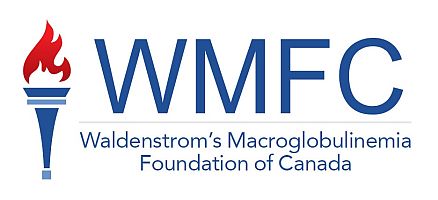We often hear from the Bing Center for Waldenström’s Macroglobulinemia at the Dana-Farber Cancer Institute (DFCI). Now let’s hear from the Mayo Clinic.
Dr. Morie Gertz has published “WM: 2023 Update on Diagnosis, Risk Stratification, and Management”, available here. It provides an extensive overview of the literature covering :
- how WM is diagnosed
- the risk stratification for the disease
- the various treatment options (regimens) for WM
No new research results are presented; the article is a summary of existing knowledge, and thus can be useful to those looking to refresh their knowledge about the various treatment options.
Most useful to the lay reader are the treatment flowcharts used by the Mayo Clinic, presented in Figures 1 and 2 (just before the Conclusion). There is a great deal of similarity to the Canadian treatment flowchart published a few months ago by Dr. Chen and others, which we covered here.
The article concludes:
When WM is diagnosed before the development of symptoms, patients may be safely observed and monitored. However, patients with symptoms require chemotherapy. Nonstudy Mayo Clinic–preferred options are rituximab and bendamustine or zanubrutinib.
